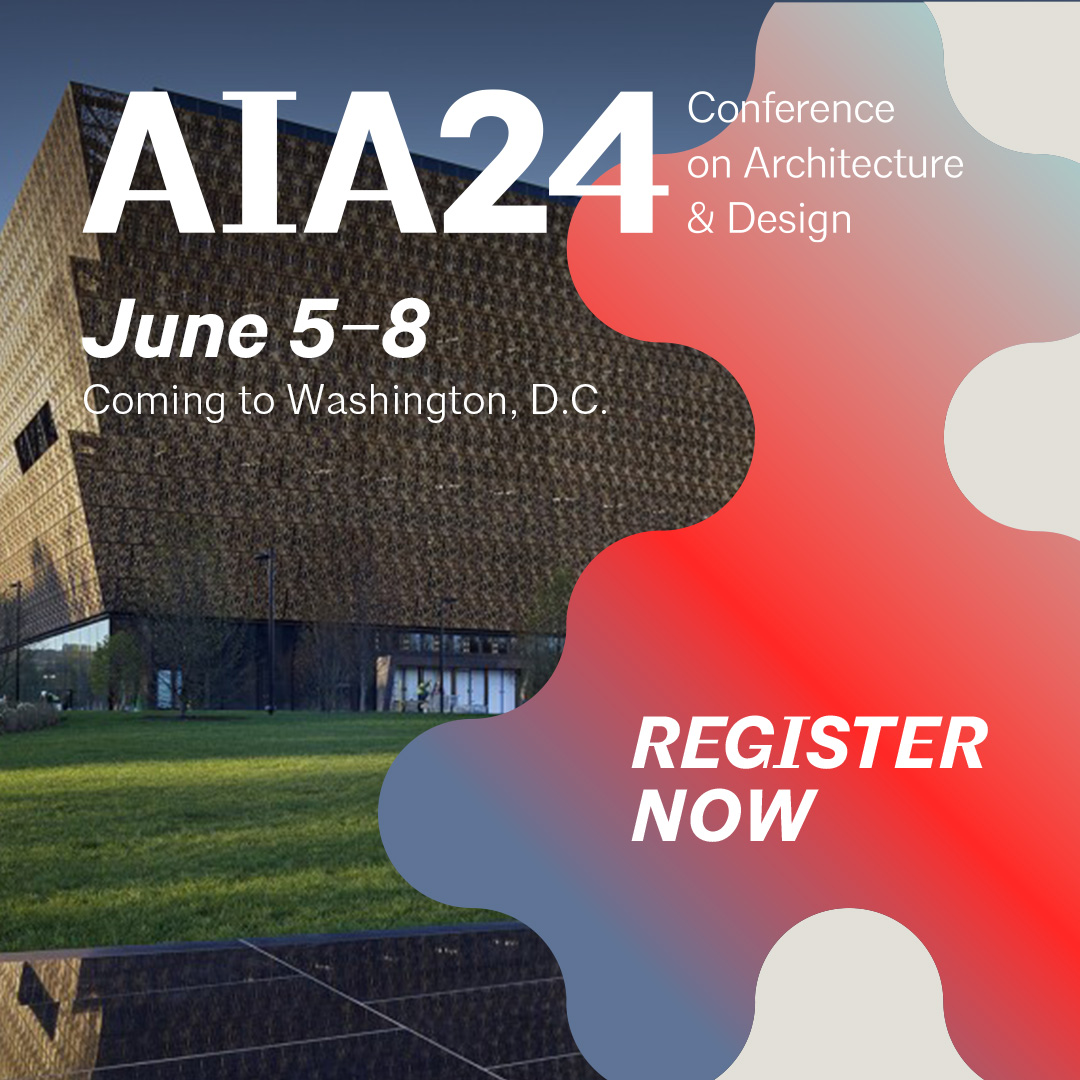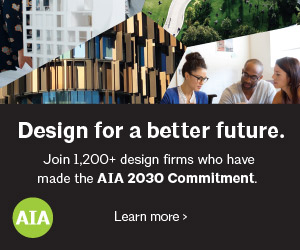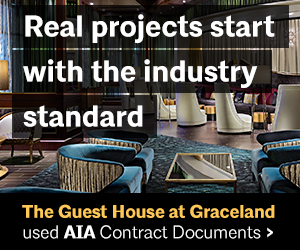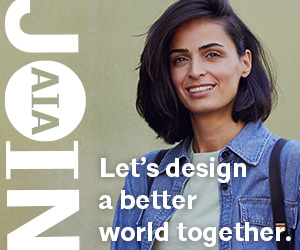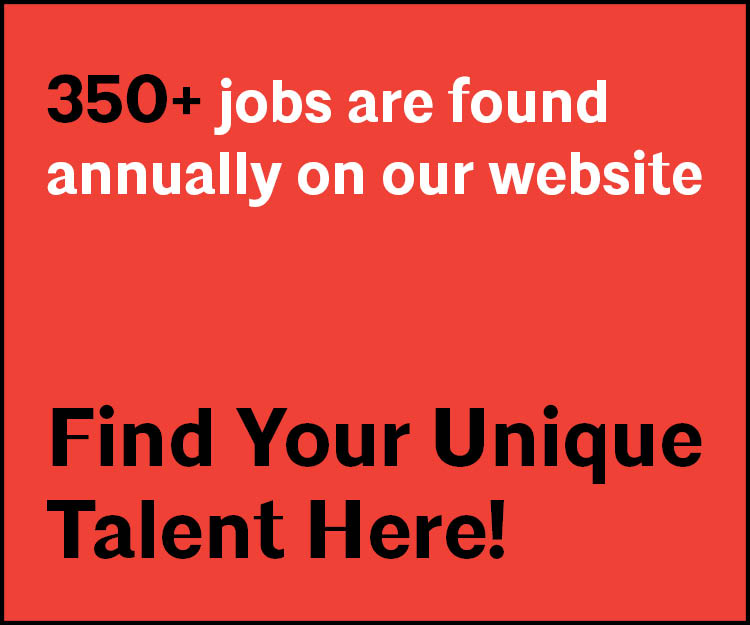I Am AIA:
Amarpreet Sethi
ExpandAmarpreet Sethi is a Principal and Energy & Sustainability leader at tk1sc. Her knowledge of climate-responsive design, daylighting, HVAC systems enable her to assist in sustainability. Amarpreet has worked in multiple market sectors to assist in meeting the goals of decarbonization and Net Zero. Amarpreet's focus on sustainable design first began while completing her Architecture degree in 2001. She went on to achieve a Master of Science in 2003 and worked as part of Mechanical Engineering teams for 15 years prior to joining tk1sc in 2019.
Why did you join AIA Seattle?
I joined AIA Seattle as a way to partake in the many educational events and series that AIA has lead through the years. We used these series at my firm to not only increase our teams knowledge but also to build a knowledge base that could come back to the office and share what they had learnt. I saw many teammates be inspired by these series to sometimes an extent where it changed their primary focus within the Architectural field. AIA Seattle has been a leader in the education around the AIA 2030 Challenge and Sustainability which has helped many other states and how they think about solutions related to energy and sustainability.
What is the value of AIA to you?
AIA is a space that brings us together to share ideas, challenges, hurdles and then collaborate, educate and advocate. AIA provides a power where we are able to stand together with a problem to find solutions that will elevate us as a community and even as a society. AIA also has a voice and a platform that brings together people of different mindsets and expertise. I also especially appreciate the work AIA is able to do to provide a voice outside of the AEC industry to connect with the community and businesses. AIA brings together many different objectives to help integrate the different channels to think holistically.
What relationships have you created?
I have built numerous relationships through the AIA community, through the 2030 challenge series, material matter series as well as happy hour events for COTE and women in Design. The connections and conversations are very impactful as we build and share knowledge as a community. The opportunity to understand other mindsets, goals have been very helpful in deepening my understanding of design. These connections through AIA also soften and help with the collaboration outside of AIA, during project work when paths cross on a project.
What project are you working on now?
I’m working on a high rise office core and shell project in downtown Seattle. I’m excited to be working with a great team and there are some interesting solutions that we’ve been investigating to see if we can incorporate them within the budget and/or make it a selling point for the tenant. I am also working on a k-12 renovation project in Seattle with a goal to be Net Zero Ready. I am working on a hospitality project in California which has a desire to be LEED platinum and we have added a goal to electrify as part of the future proofing strategy. I am also working on two health care projects including a hospital and a lab building.
How do you explain what you do for a living?
I start out with I’m an Architect and slowly ease into highlighting the fact that I don’t practice Architecture but work for an Engineering firm where I lead the Energy and Sustainability Teams. I tell them my role is to make building more energy efficient, while improving the indoor environment through better daylighting, indoor air quality, and thermal comfort. If they’re still interested, I continue on to point out the mechanical systems around us to share with them how this is related to carbon emissions and their own health as it relates to the indoor environment and the carbon emissions.
What inspired you today?
I was inspired today through the opportunity to sit on my outdoor balcony and enjoy a meal outside. I have a very small balcony and it is priceless; a key design feature that an architect had to get creative to keep within the design in spite of a push to shave off costs. Every little design feature has the power to impact our lives. This inspires me to push for aspects that I know will impact users’ health and wellness either directly today or indirectly tomorrow.
Has your career taken you anywhere you didn’t expect?
Absolutely, I started my career in Architecture with a focus on Sustainability. After graduation I quickly realized I was unable to stand behind the sustainable design concepts, or guarantee the magic arrows, I only thought they “should” work. I hence went to do a Masters of Science to be able to quantify the sustainable design concepts through building performance or energy modeling. Yet again however I realized towards the end of the program that I still couldn’t support the numbers and I needed to understand the mechanical systems I had modeled if I was to truly understand how the building was performing. That is when my career took me to a place I hadn’t expected. I have since then been working at mechanical firms, specializing in different HVAC systems, especially high performing systems and how these integrate with passive sustainable design concepts and solutions. I can now confidently stand behind the concepts, the predicted numbers, and even magic arrows.
